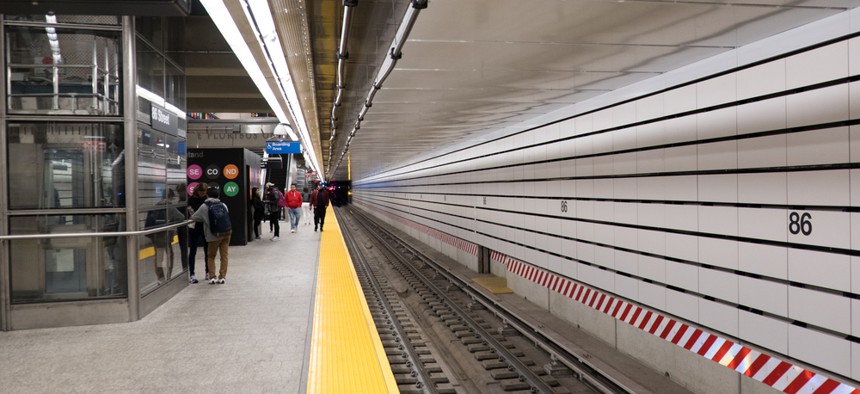Everyone knows that the New York City subways are in desperate trouble and the Metropolitan Transportation Authority needs more money to fix them. After years of coming to the state Legislature with their hands out, MTA leaders are attempting some self-help with a proposal for transportation improvement districts in the state budget. This concept, known as value capture, intends to ensure that the transit system gets a portion of the new revenues that their major projects bring to local government, businesses, and private property owners and developers.
Unfortunately, the fate of value capture is uncertain as Albany prepares to pass the state budget. The rivalry between New York City and state governments has confused the issue and made it seem to some as if this is a cynical money grab, rather than a praiseworthy entrepreneurial initiative by the MTA. A failure to move this forward would put important projects like New York Penn Station redevelopment, the completion of the Second Avenue subway and new Metro-North stations in the Bronx in jeopardy, since the MTA does not currently have the money for them.
The funds that are required to bring a 100-year-old subway system into the 21st century are not available from existing sources. The MTA faces serious deficits in the coming years. It already gets about $5 billion per year in dedicated tax revenues, but it is not enough and there is little public appetite to raise taxes further or increase fares. This month, S&P Global lowered the MTA’s bond rating because of the agency’s projected deficits and $38.6 billion in debt.
Over the past several decades, other urban transportation systems have confronted similar challenges. Many have applied creative ways to self-fund service improvements, expansion and upgrading outdated facilities and equipment. In other words, they have found ways that the system can share in the economic growth, appreciation in property values and general prosperity that result from substantial improvements in mass transit. Salesforce Tower in San Francisco and Crossrail in London are just two examples of value capture projects that have helped fund important transit improvements.
The MTA, however, is shackled with the funding tools of the past. State law gives a city the right to initiate value capture – which is how then-New York City Mayor Michael Bloomberg’s administration funded the No. 7 line extension to enable the development of Hudson Yards – but no such initiative can be taken by the MTA.
The MTA has been known for many years as an insulated and unresponsive bureaucracy. It is trying to change. To be successful with value capture projects, the agency would have to work closely with local government, communities and the private sector to maximize the benefits of transit-related developments. This would be a step toward the larger goal of an MTA characterized by greater transparency, more accountability and the capacity to get projects done better, faster and cheaper than today.
Albany’s budget process is hardly conducive to clear and complete explication of complex new policies or programs. Value capture, as set forward in the executive budget, was interpreted by the city government, the Real Estate Board of New York and others as a money grab for tax revenues that rightfully belong to the city or an unfair supertax on real estate developers who are also contributing to area improvements. That is easy to fix, and a process that ensures the city is at the table and able to negotiate mutually beneficial terms with the MTA is currently under discussion.
There is still time to amend the proposed legislation to ensure that the city or, in other parts of the region, county governments will be a full partner in decisions on the size and terms of transportation improvement districts.
The subway crisis should be a powerful motivator for leaders of state and local government to come together in support of a more entrepreneurial MTA.


